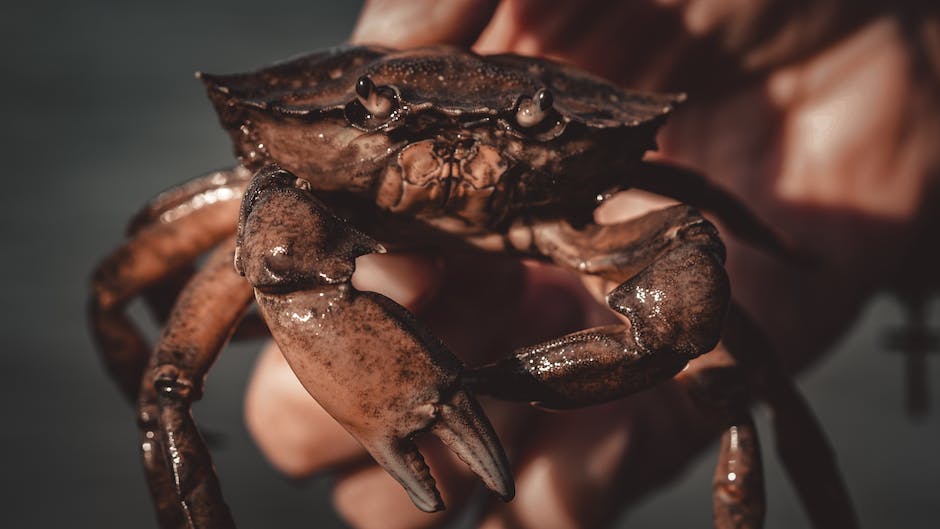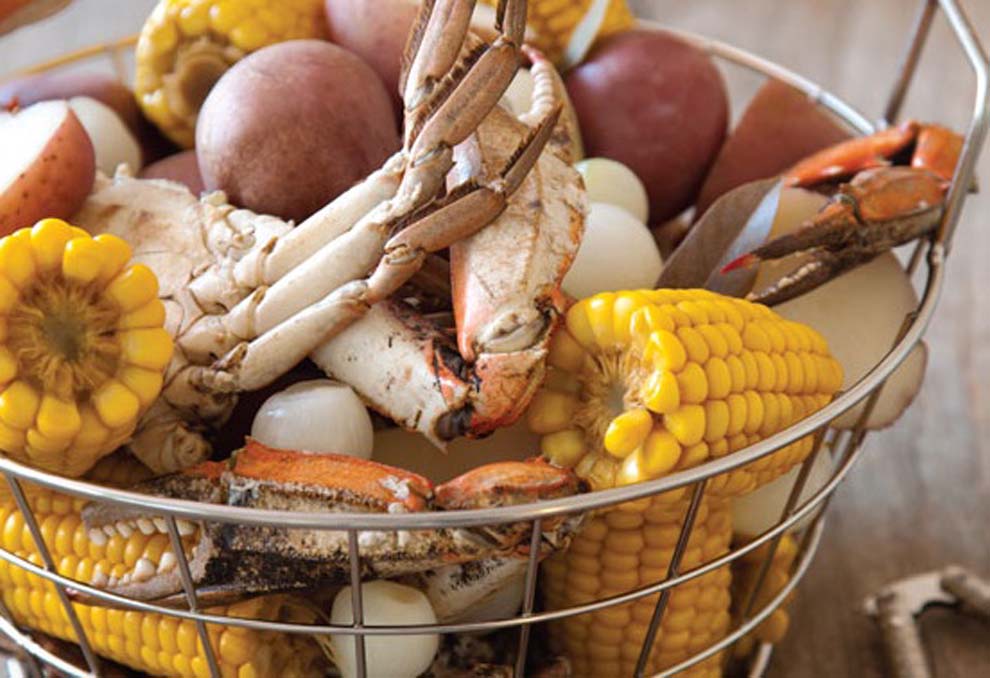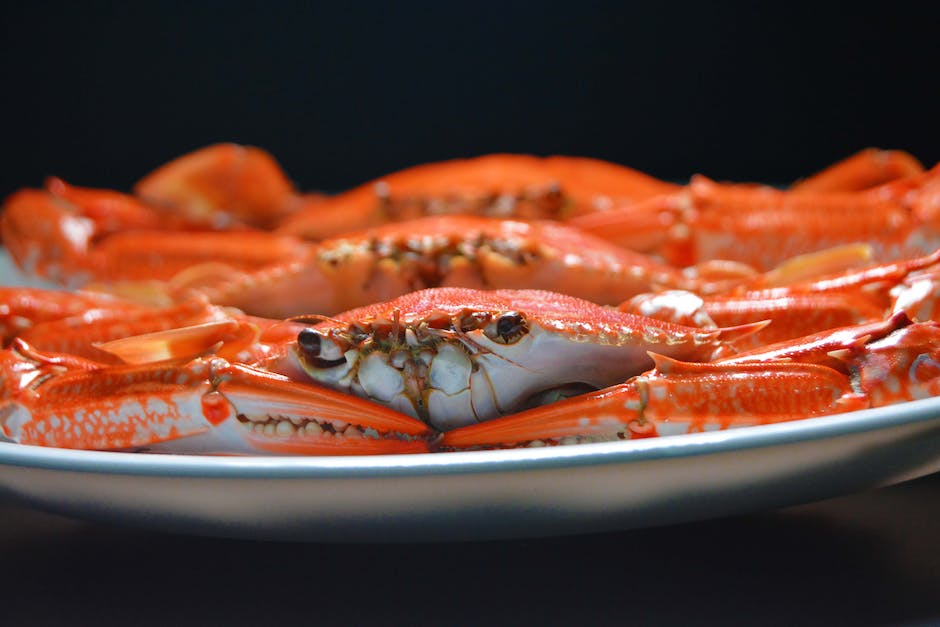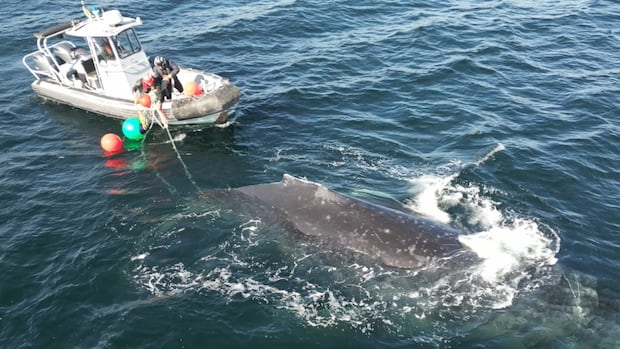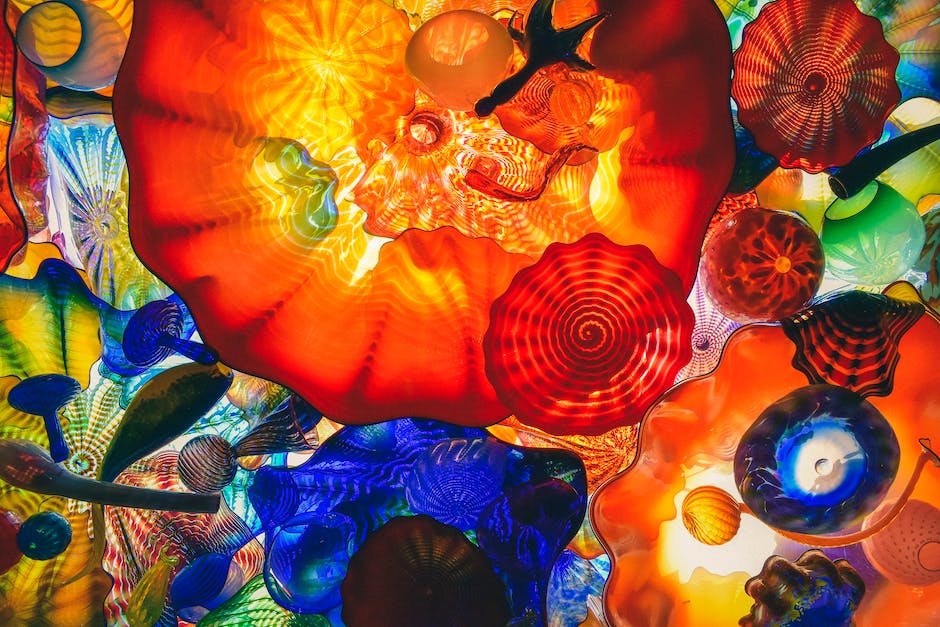
The Effect Of Ocean Acidification On Wild Crab Populations: A Scientific Perspective
As we all know, the ocean is a vast and complex ecosystem that is home to a wide variety of marine life. However, in recent years, there has been growing concern about the impact of ocean acidification on wild crab populations. Ocean acidification is a process that occurs when carbon dioxide from the atmosphere dissolves in seawater, leading to a decrease in pH levels. This decrease in pH levels can have a profound effect on the marine life that inhabits the ocean, including wild crab populations.
So, what exactly is the effect of ocean acidification on wild crab populations? Well, according to scientific research, the impact can be quite significant. One of the most notable effects is the impact on the growth and development of crab larvae. Studies have shown that when crab larvae are exposed to acidic seawater, they experience slower growth rates and reduced survival rates. This can have a ripple effect on the entire crab population, as fewer surviving larvae means fewer adult crabs in the future.
In addition to the impact on crab larvae, ocean acidification can also affect the behavior and physiology of adult crabs. For example, research has shown that crabs exposed to acidic seawater are less able to detect and avoid predators, making them more vulnerable to predation. Additionally, acidic seawater can also affect the ability of crabs to build and maintain their shells, which can have a negative impact on their overall health and survival.
So, what can be done to mitigate the impact of ocean acidification on wild crab populations? Well, there are a few potential solutions that have been proposed. One approach is to reduce carbon emissions, which would help to slow the rate of ocean acidification. Another approach is to develop technologies that can help to buffer the effects of acidic seawater, such as artificial reefs or seaweed farms. Additionally, researchers are also exploring the potential for selective breeding of crabs that are more resilient to acidic seawater.
Overall, the impact of ocean acidification on wild crab populations is a complex and multifaceted issue. While the research is still ongoing, it is clear that this is a problem that requires urgent attention and action. By working together to reduce carbon emissions and develop innovative solutions, we can help to protect the health and survival of wild crab populations, and ensure that they continue to thrive in the ocean ecosystem.
Popular Blog Posts
Latest News
About our Website
Step right into Wild-Crab, where the crabby seas meet the kitchen. No matter if you're an avid crab hunter or a culinary connoisseur of crab delicacies, we've got your back. Our ambition is to spread the elation and thrill of crabbing to every kitchen and fishing boat out there.
Looking to excel in the fine art of crab hunting or create a mouth-watering crab cuisine in the comfort of your own kitchen? You're in luck! Our recipe compendium is specially crafted to cater to both seasoned crabbers and culinary rookies. Our detailed instructions are easy to follow and designed to propel your crabbing prowess to new heights, whether you're standing on the sandy shores or stirring up a culinary masterpiece in the kitchen.
Resources
Quote of the Day
"If an architect makes a mistake, he grows ivy to cover it. If a doctor makes a mistake, he covers it with soil. If a cook makes a mistake, he covers it with some sauce and says it is a new recipe."
– Paul Bocuse

